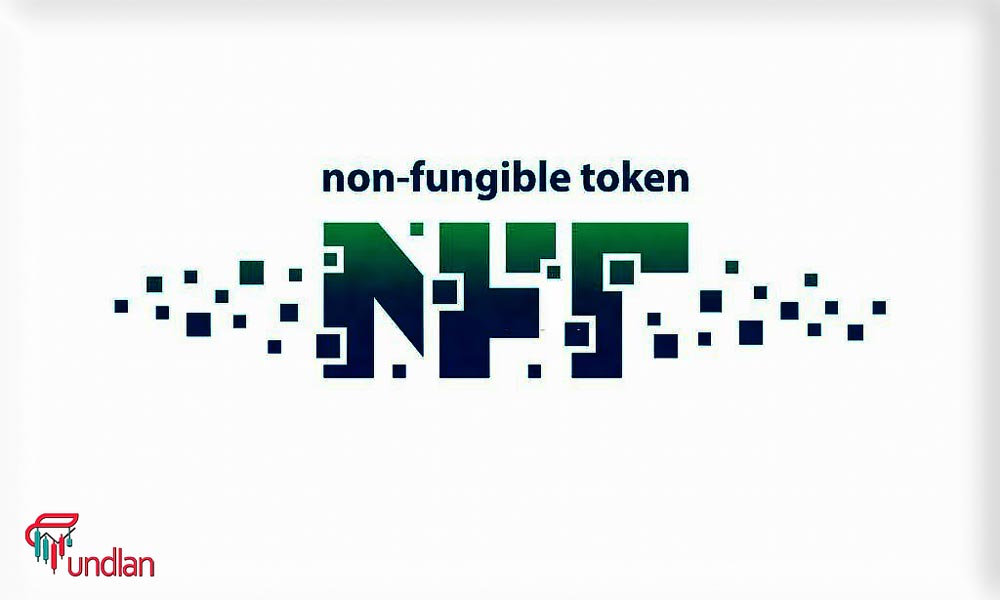Curious about what happened to nfts space? In a remarkably short time, the non-fungible token ecosystem has gone from obscurity to an attention-grabbing phenomenon.
It promises a digital revolution, allowing artists and creators to represent their digital creations. However, the rapid rise of the NFT space has raised questions about blockchain technology’s sustainability, market volatility, and environmental impact.
The NFT space’s evolution is a dynamic tale. Though it faced hurdles, it’s not dead, but adapting and redefining its role in the digital world.
Join us in this article to discuss what happened to the NFT’s space and where it stands today.
Will NFTs be dead by 2023?
Will NFTs be dead by 2023? This question has sparked intense debate and speculation in the evolving world of digital assets.
To grasp the potential fate of NFTs, we must first understand what happened to the NFTs space:
1. Explosive growth
NFTs, or Non-Fungible Tokens, burst onto the scene as unique digital collectibles, captivating artists, creators, and investors. The market experienced exponential growth, with eye-popping sales and celebrity endorsements.
2. Challenges & controversies
Amidst the enthusiasm, challenges arose. Environmental concerns related to energy-intensive blockchain networks, market volatility, and scams caused significant consternation. These issues prompted a closer examination of NFTs’ long-term sustainability.
3. Innovation & Adaptation
Despite these challenges, the NFT space didn’t disappear. Instead, it evolved. Innovations like more eco-friendly blockchains and greater regulation started to address some concerns.
4. Broader integration
NFTs began to seep into various industries, from gaming to real estate. They found utility beyond collectibles, indicating a potential for sustainability.
What happened to NFTs space?
Certainly, let us explore the NFT space with a fresh perspective. The NFT space, once shrouded in obscurity, has undergone a mesmerizing metamorphosis that has left the digital world both intrigued and introspective.
At first, it emerged as a whisper among the tech-savvy, a peculiar concept that promised to redefine ownership in the digital age.
Artists and creators found themselves on a novel frontier, minting their digital masterpieces as unique tokens, while collectors reveled in the prospect of owning a piece of the virtual universe.
But what has happened to the NFTs space since then? It has traversed highs and lows.
Concerns about the environmental impact of blockchain technology cast a shadow, while the rollercoaster-like price swings caused some to question the stability of this digital asset class.
However, the NFT space is not a stagnant market. Eco-friendly solutions have emerged to address environmental concerns.
NFTs have infiltrated various industries, from gaming to real estate, and have shown versatility.
So, is the NFT space dead? What is an NFT bubble? Not in the least. It’s a vibrant story of innovation, resilience, and insight into the ever-changing digital ownership.
Is it true that the NFT business will collapse soon?

NFT, or Non-Fungible Token, is a unique digital asset authenticated using blockchain technology.
Unlike cryptocurrencies like Bitcoin, each NFT has distinct, indivisible properties, making it ideal for representing ownership of digital art, collectibles, music, and more.
Cool NFT ideas have gained popularity for their ability to verify the rarity and authenticity of digital content.
The growth of NFTs has been remarkable, reshaping digital ownership. To participate, users typically start by setting up a digital wallet to store NFTs securely.
Artists or creators then mint their digital content into NFTs, creating a unique digital certificate of ownership. Buyers can browse NFT marketplaces, bid on, or purchase these tokens using cryptocurrencies.
Selling involves listing NFTs on these platforms, setting a price or reserve, and waiting for interested buyers.
Transparent blockchain technology ensures authenticity and provenance. NFTs represent a transformative shift in buying, selling, and appreciating digital art, collectibles, and more.
Whether the NFT business is on the verge of imminent collapse amid what happened to the NFT space is a topic of lively debate.
While the initial enthusiasm surrounding Non-Fungible Tokens (NFTs) has waned somewhat, it doesn’t necessarily indicate an impending collapse. Instead, the NFT space is undergoing a natural maturation process.
It’s adapting to challenges, such as environmental concerns and market fluctuations, while exploring innovative applications across various industries.
The future of the NFT business, like the cost to mint NFT, remains uncertain, but it is a story still in the making, poised to reveal its enduring potential or transformation.
How to create NFT art without coding?
The last word

The future of the NFT business is an intricate tale influenced by what transpired in the NFT space.
While initial enthusiasm propelled NFTs to the forefront of the digital world, it also brought forth challenges like environmental concerns and market fluctuations.
However, the notion of imminent collapse oversimplifies the story. The NFT business is evolving, with innovations addressing environmental impacts and expanding applications.
Its dynamic future suggests a multifaceted narrative yet to unfold fully, shaping how we create, buy, and sell digital assets in the digital era.
In your opinion, what happened to NFT space? We would be grateful if you share your insights with us in the comments below!

